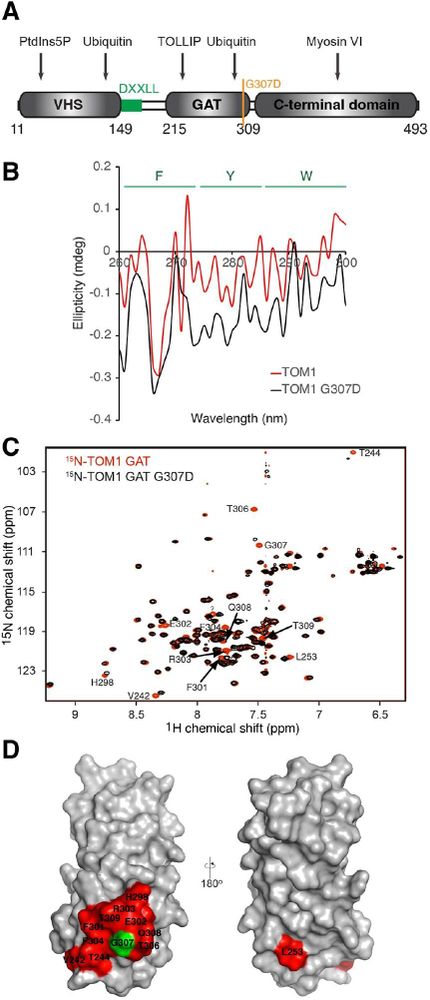
@biologists.bsky.social Open Access journal that publishes human disease research.

On the cover: 3D-volume render of tuberculosis granulomas in mice infected with E2Crimson-expressing Mycobacterium tuberculosis. Granuloma boundary in turquoise and infecting bacteria in red.
👩🏽🔬https://bit.ly/4o8aFXk
📰http://bit.ly/49wQ6jP

👩🏽🔬https://bit.ly/4o8aFXk
📰http://bit.ly/49wQ6jP
🚨Register your interest now so you're first to get updates🚨
www.biologists.com/meetings/dmm...

🚨Register your interest now so you're first to get updates🚨
www.biologists.com/meetings/dmm...
journals.biologists.com/dmm/article/...

journals.biologists.com/dmm/article/...
journals.biologists.com/dmm/article/...

journals.biologists.com/dmm/article/...
EC highlight & article:
⚡https://tinyurl.com/ze3czu7r
📰 tinyurl.com/ynhhw5b4

EC highlight & article:
⚡https://tinyurl.com/ze3czu7r
📰 tinyurl.com/ynhhw5b4
@helloeacr.bsky.social

@helloeacr.bsky.social
🧑🔬https://tinyurl.com/3fmra89p
📰https://tinyurl.com/y5tcmajm

🧑🔬https://tinyurl.com/3fmra89p
📰https://tinyurl.com/y5tcmajm
@embl.org
Conference: The new cardiobiology: engineering, vascular, and molecular insights, 16 - 19 Feb 2026
Abstract submission: 17 Nov 2025
Registration (On-site): 5 Jan 2026
Registration (Virtual): 9 Feb 2026
bit.ly/43BGa4V

@embl.org
Conference: The new cardiobiology: engineering, vascular, and molecular insights, 16 - 19 Feb 2026
Abstract submission: 17 Nov 2025
Registration (On-site): 5 Jan 2026
Registration (Virtual): 9 Feb 2026
bit.ly/43BGa4V
journals.biologists.com/dmm/article/...

journals.biologists.com/dmm/article/...
journals.biologists.com/dmm/article/...

journals.biologists.com/dmm/article/...
journals.biologists.com/dmm/article/...

journals.biologists.com/dmm/article/...
journals.biologists.com/dmm/article/...

journals.biologists.com/dmm/article/...
journals.biologists.com/dmm/article/...

journals.biologists.com/dmm/article/...
journals.biologists.com/dmm/article/...

journals.biologists.com/dmm/article/...
journals.biologists.com/dmm/article/...

journals.biologists.com/dmm/article/...
journals.biologists.com/dmm/article/...

journals.biologists.com/dmm/article/...

#Tuberculosis #Granuloma
#Tuberculosis #Granuloma

#preLight (from Theodora Stougiannou) of a study generating stem-cell derived AVN-like pacemaker cells + demonstrating their functionality for biological conduction bridge applications in vivo. @uhnresearch.ca
prelights.biologists.com/highlights/h...

#preLight (from Theodora Stougiannou) of a study generating stem-cell derived AVN-like pacemaker cells + demonstrating their functionality for biological conduction bridge applications in vivo. @uhnresearch.ca
prelights.biologists.com/highlights/h...


We look forward to receiving your next submission for this exciting special issue!
#OpenAccess
bit.ly/4h1092r

We look forward to receiving your next submission for this exciting special issue!
#OpenAccess
bit.ly/4h1092r

We're looking forward to receiving your next paper for this exciting special issue!
#OpenAccess
bit.ly/4h1092r

We're looking forward to receiving your next paper for this exciting special issue!
#OpenAccess
bit.ly/4h1092r

